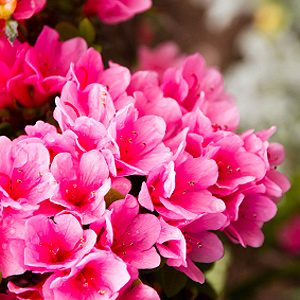
1. Boost Azaleas
After mowing the lawn, lay some of the grass clippings out to dry. Then spread a thin layer of clippings around the base of azalea plants. As the grass decays it leaches nitrogen into the soil, supplementing regular feeds. Many gardeners find this ‘something extra’ speeds the growth of azaleas and darkens the leaves. Be careful, though: piling the grass clippings too thickly may make them slimy and, in turn, expose the plant’s stems to disease.
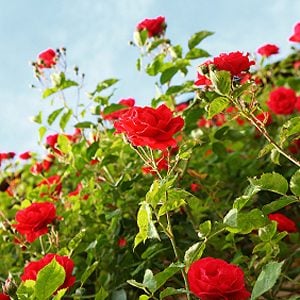
2. Speed Rose-Blooming With Foil
In late May or early June, place sheets of aluminium foil on the ground beneath your rosebushes and anchor the foil with stones. Sunlight reflecting off the foil will speed up blooming, whether your roses are hybrid teas, floribundas or climbers.

3. Add Cola and Tea to Gardenias
Occasionally watering a gardenia bush with your favourite cola will increase the acidity of the soil, while the sugar will feed microorganisms and help organic matter to break down. And tea? Place tea bags around the base of a gardenia and cover them with mulch. Whenever you water the plant, the ascorbic acid, manganese and potassium present in the tea leaves will trickle down to the shrub’s hungry roots.
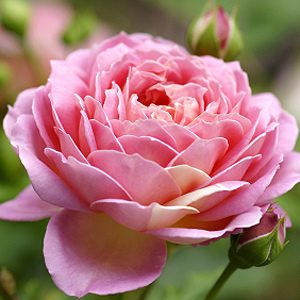
4. Feed Bananas to Roses
Most gardeners know that banana skins make a good fertiliser for tomatoes, peppers and their solanaceous cousins, but roses love them too. Chop banana skins (up to three) into small pieces and dig them into the soil beneath a rosebush. The banana skins provide 3.25 per cent phosphorus and more than ten times that amount of potassium, spurring the growth of sturdier stems and prettier blooms.
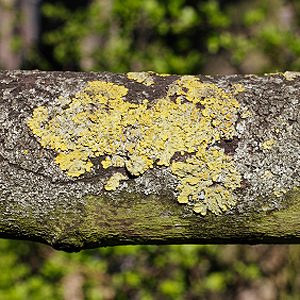
5. Stick It To Lichens
Lichens are the ruffled, funguslike organisms that grow on stones, brick walls, and tree trunks. Many gardeners love the natural look lichens lend to trees – but if you don’t count yourself among them, here’s a simple way to make lichens disappear: Scrub them with a stiff brush dipped in a solution of 2 tablespoons household bleach and 4 cups water. Just make sure none of the runoff comes into contact with your garden plants.
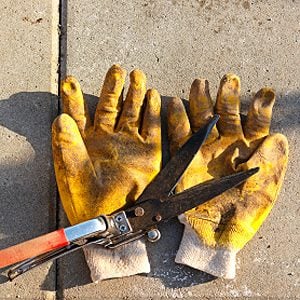
6. Clean Sap Off Tools
Taking saw or shear to tree branches usually leaves stubborn sap on the tool. Use a clean cloth to rub any of the following substances onto the blade(s), and say “so long” to sap:
• Nail polish remover
• Baby oil
• Aerosol cooking spray
• Suntan oil
• Peanut butter
• Vegetable shortening
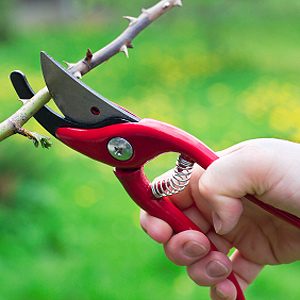
7. Lubricate Prunning Shears
Rubbing petroleum jelly or spraying WD-40 on the pivot joint of your shears will have you snipping away at shrubs so smoothly you’ll feel like a pruning pro.

8. Protect Young Trees with Paper
If you’ve put out tree seedlings that look a bit spindly, wrap the trunks in newspaper pages to protect them from the elements. Secure this newsprint sleeve with double-knotted dental floss or twine.